Constellations for Kids
Locating Northern Constellations
Our printable constellation map is helpful for identifying the northern constellations for kids in 3rd to 8th grade.
Free Download Below
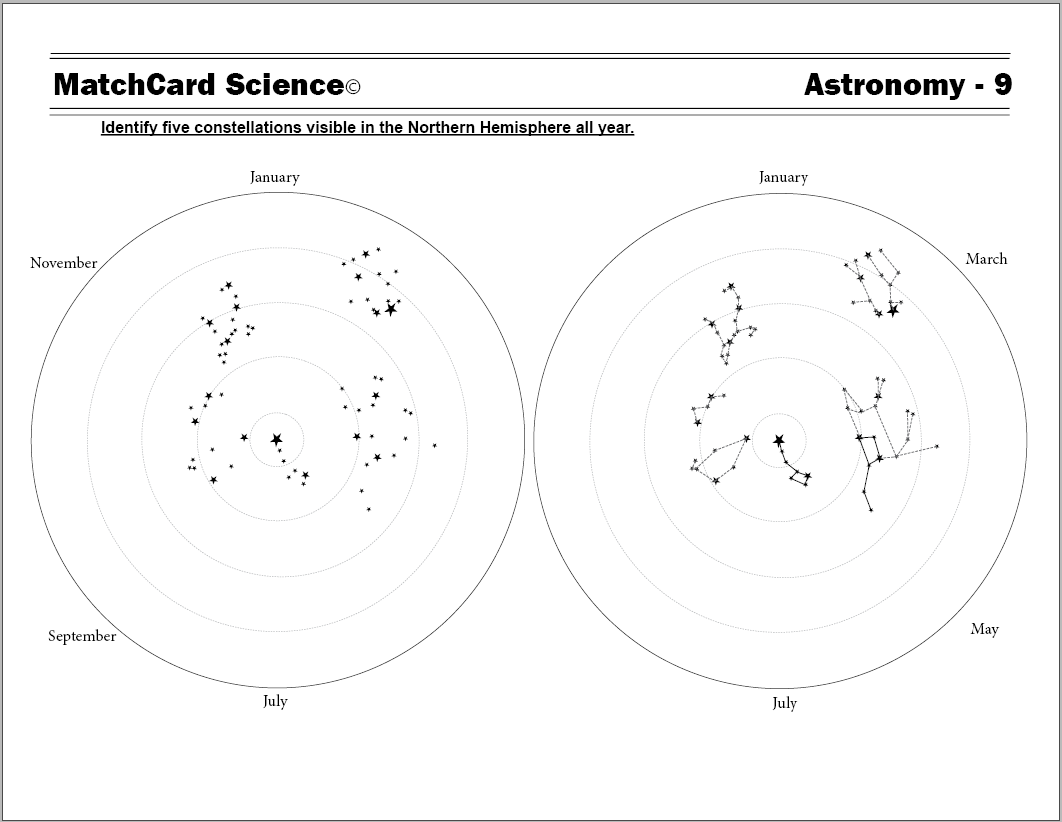
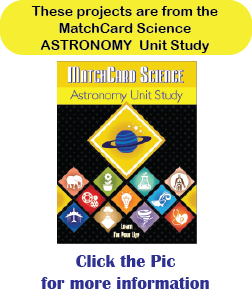
MatchCard Science Northern Constellations Worksheet Worksheet
Objective: Identify five constellations visible in the Northern hemisphere all year.MatchCard: FREE Download below.
Students will match the names of the following constellations to the constellation diagram: Great Bear, Gemini, Persues, Cassiopeia, Cepheus.
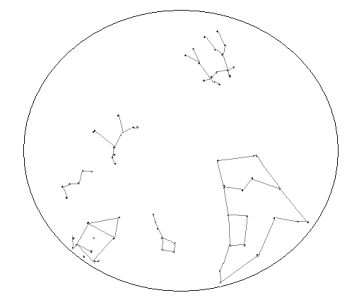
Printable Constellation Map
MatchCard Science Constellation Worksheet
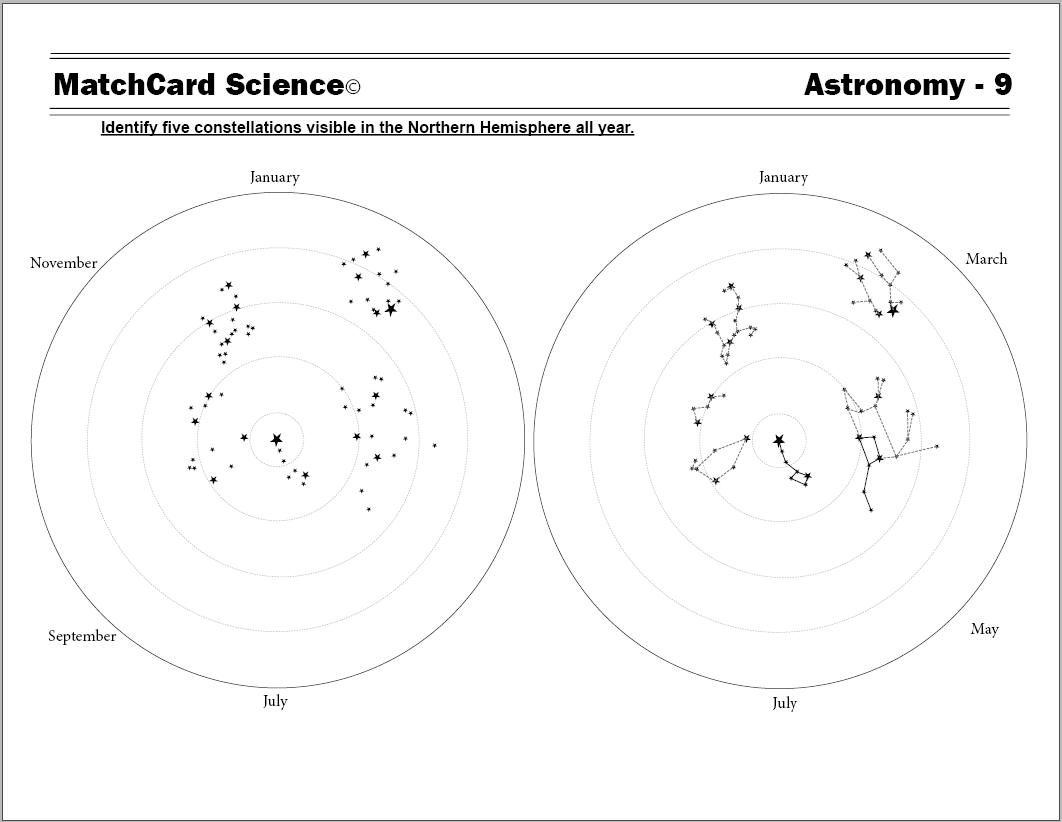

Click image to go to download.
This is MatchCard #9 of the Astronomy Unit Study. Find more information on MatchCard Science below.
Getting Started
Before we begin to identify the constellations names for the five northern groups, it is important for the student to be able to find the North Star, Big Dipper, and Little Dipper. Review those two essential constellations if they have not used this information recently.Draw pictures of the five constellations. You can use an additional copy of the second page (Instructor's Key) of the Northern Constellation MatchCard (link below) for this activity. Cut the five constellation diagrams apart.
Using a ladder, tape the five constellations to the ceiling of your room. They should be placed around the central light fixture, as if the light was the North Star.
Merry Go Round Analogy
When studying the constellations, I like to use the Merry Go Round analogy. Imagine you brought a merry-go-round into your living room. Imagine it almost as large as the room, so it barely fits.Constellations of the Northern Sky
There is no canopy over our merry-go-round, so we can look up and see the ceiling of our room. As we are sitting on our horse and looking up, we see the North Star and the northern constellations. However, as we spin, the direction of the constellations will change. The North Star will remain directly over-head. But just as the pan in the Little Dipper rotates around the North Star over a year's time, the other constellations also rotate.Let the student(s) walk around the room as if riding a merry-go-round, and contemplate how the angle of the constellations change with the rotation of the Earth..
Give the kids a chance to explain in their own words or in a diagram how the view of the constellations will change.
Other Constellations
Now imagine that more constellations are on the walls of the room. Throughout the year, they will only be able to see one or two of these constellations. These are the constellations that make up the Zodiac. They are only visible for a short period of the year. Again, let the kids explain in their own words how these constellations are visible only for certain periods.Southern Constellations
If someone is living in the Southern Hemisphere, they would see totally different constellations. The Big Dipper, Little Dipper, and North Star would not be visible.Constellations of Big Dipper
The Big Dipper is the easiest to find in the sky, but it gets a little complicated when you learn the history of it's picture. You see, this very same group of stars is known by four different constellation names and three different diagrams.Big Dipper/Ursa Major
Of course, we all know the Big Dipper, or Ursa Major. That's two names and one is in English and one Latin. So far so good.Great Bear Constellation
Back when sailors were making highly imaginative stick figures from configuration of stars in the skies, they fancied they saw a bear hanging right there with the Big Dipper.So the traditional Great Bear is made up of the stars of the Big Dipper and some extra stars. The handle of the Big Dipper is his tail, and the pan of the dipper is his back end. It actually looks more like a hot dog with legs to me, but I guess I've never had a sailor's imagination when it comes to the night sky.
Polar Bear Constellation
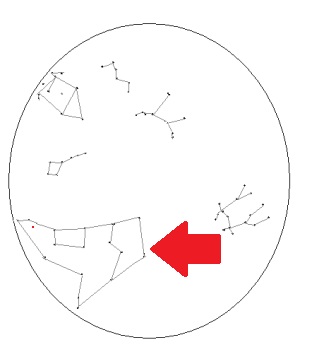 Apparently, others have had the same problem I have, and they actually have an easier time seeing the bear looking in the opposite direction of the traditional Great Bear. Sometimes this new bear is called the Modern Great Bear, and sometimes he is called the Polar Bear. The Polar Bear is easier to see (at least in my opinion.)
Apparently, others have had the same problem I have, and they actually have an easier time seeing the bear looking in the opposite direction of the traditional Great Bear. Sometimes this new bear is called the Modern Great Bear, and sometimes he is called the Polar Bear. The Polar Bear is easier to see (at least in my opinion.)So how do you find the Polar Bear? As you are looking at the Big Dipper, imagine the very last star on the handle of the dipper is the tip of his nose. The pan is like a saddle that someone has put on the polar bears back (not recommended with real bears.) And the nose of the old Great Bear has become the back end of our new Polar Bear.
By, the way, I added a red dot for the eye of the bear in the picture to the right. That's not really a star, just me playing around with the diagram to make the bear easier to visualize.
Easy, huh?
So next time you look up at the Big Dipper, see if you can see the friendly Polar Bear. As the seasons of the year change, his nose will point in a different direction.
Locating Other Constellations of the Northern Sky
Cepheus Constellation
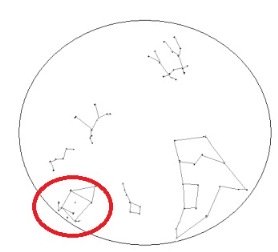 Another constellation that is visible all year in the northern sky is Cepheus. If you picture the pan of the Big Dipper scooping up the North Star, if it kept going it would also scoop up Cepheus.
Another constellation that is visible all year in the northern sky is Cepheus. If you picture the pan of the Big Dipper scooping up the North Star, if it kept going it would also scoop up Cepheus.I think Cepheus looks like a house with very short legs that is running. That is because of the pointed top which is like a triangle on top of a house.
Cepheus can also look like a clown face with a wavy collar. What it does NOT look like is the Greek mythological King Cepheus. He would be upside down with the top of the house in his leg. Sorry to all you ancient Greek astronomers, I just can't get the king thing.
But next time you check out the Great Bear, let his saddle (the pan of the Big Dipper) lead you right to the Cepheus constellation group.
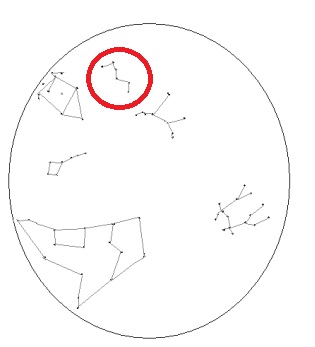
Casseiopiea Constellation
If you have trouble matching the constellation names and pictures, this one will be an extra challenge. After locating King Cepheus in the sky or constellation map, your eyes can move in the direction that Cephus is running and see his wife, Queen Casseiopiea. She was reported to be a very vain woman and the story is actually pretty morbid and won't be repeated here. Meanwhile, if you can picture a queen sitting on her thrown while looking at the Casseiopiea constellation, you have a better imagination than I.The Casseiopiea constellation is actually shaped like a "W". I think it is easier to visualize it as "W" for "wife" or for "woman."
So go ahead and find the "W" looking Casseiopiea constellation in the circle of Northern constellations.
Perseus Constellation
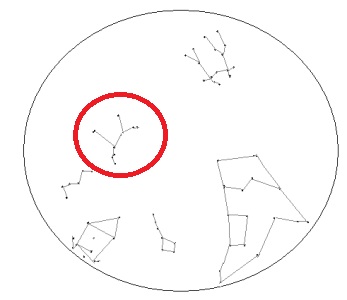 Ok
ay, if you think you have problems seeing the kings, gods, heroes, bad guys, and animals in the constellation shapes; this one might make you feel better (or worse.)
Ok
ay, if you think you have problems seeing the kings, gods, heroes, bad guys, and animals in the constellation shapes; this one might make you feel better (or worse.)The Perseus constellation was named after Perseus, a Greek super-hero who rescued others from big nasty monsters. Not only do you and I have trouble discerning this hero's shape in the constellation, apparently others do as well. Do a search for this constellation, and you are likely to find as many different shapes and diagrams as you do searches.
We have used H.A. Reys shape of a man above. Speaking of which, H.A. Rey's book on constellations for kids is one of the best and most entertaining you can find.
The claim to fame for this constellation is that it is one of the foremost northern constellations and is the location of the annual Perseids meteor shower. A little bit hard to find, it is located between the "w" of Casseiopiea and our set of twins below. If you follow the handle of the Little Dipper from the pan to the North Star at the end, keep going and your eyes will hit Perseus.
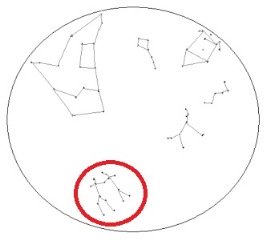
Gemini The Twins Constellation
The Gemini Twins are a favorite constellation, and their dot-to-dot in the sky actually matches their name. You do indeed see a set of twins side by side.You can find these twins by locating the Great Bear and continuing in the direction behind him.
According to Greek mythology, the two twins were Castor and Pollux. They were the brothers of Helen of Troy and had the same mother. The two twins had two different fathers (don't ask) and one was mortal and the other immortal. The immortal brother grieved his brother's death and so his father Jupiter allowed them to be reunited as stars in the heavens.
These are the lowest of the popular Northern constellations, and therefore also listed as one of the twelve constellations of the zodiac (which appear in the sky only for a short period of the year.)
Looking at the Night Sky
Practice finding the constellations on clear evenings when you are away from city lights. The Big and Little Dippers, the North Star, and the Twins are the easiest to find. Learning to locate them can become a life long skill that may lead to a star-gazing hobby or career.Learn to use a Star Finder which shows where the stars are during specific months.
While some people obtain inexpensive telescopes for their kids, a high quality set of binoculars will actually be a better investment. When they have identified everything they can identify with a $60 pair of binoculars, it may be time to invest in a telescope in the $300+ range. Cheaper telescopes do not show any more than the field glasses do.
MatchCard Science
How To Use MatchCards

Download the FREE MatchCard Science Instructor's Guide and see how MatchCards can make building their science knowledge base fun.
Astronomy Unit Study
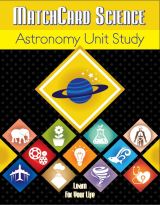
Explore the universe with the MatchCard Science Astronomy Unit Study..
12 Science Unit Studies

Chemistry is only one of twelve complete unit studies for kids in 3rd to 8th grade.
Comprehensive objectives, hands-on projects, suggested science fair experiments, and the fun game-like MatchCards keep them interested in learning science. See all twelve MatchCard Science Unit Studies.
About Our Site
Hands-On Learning













